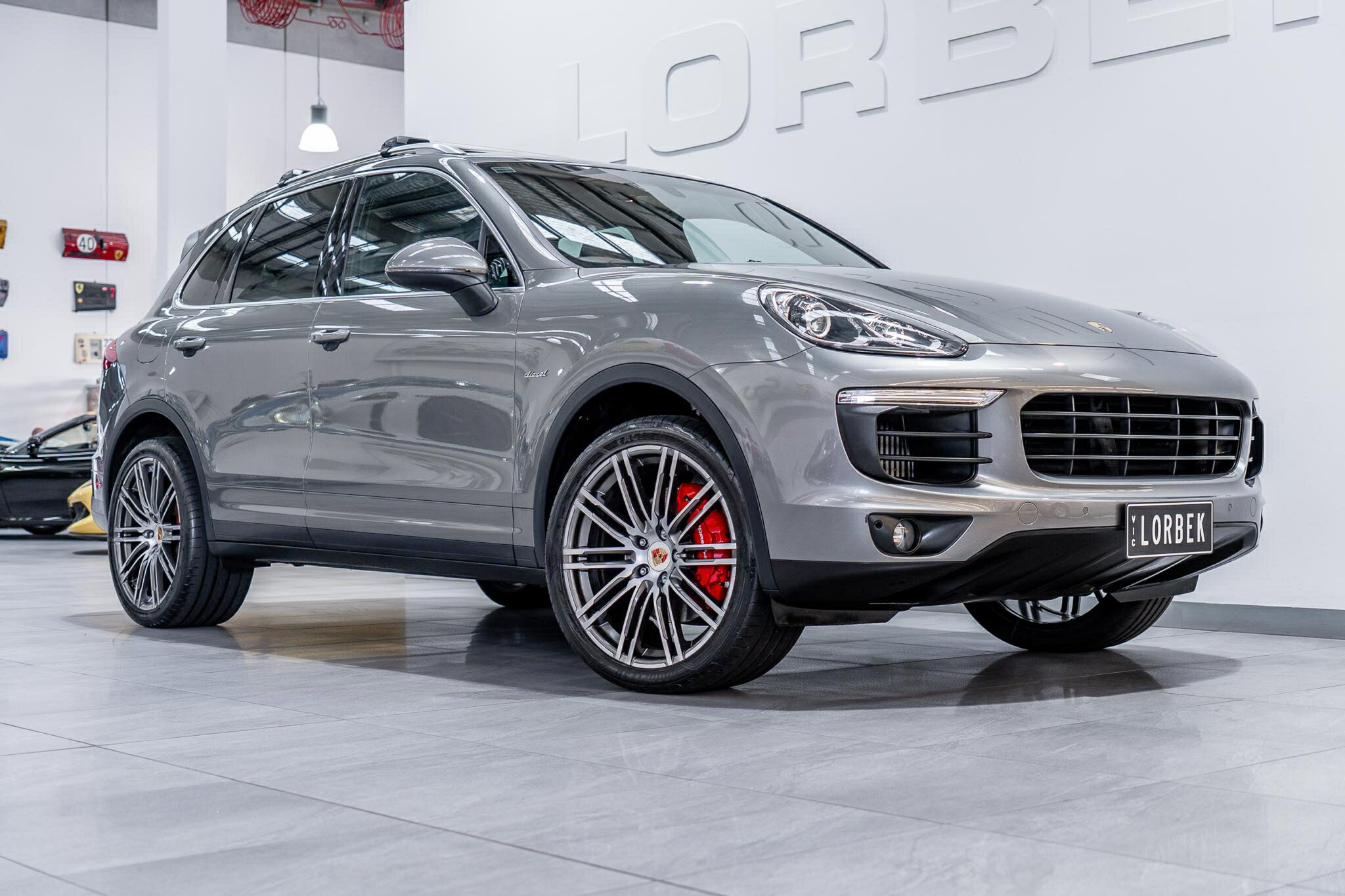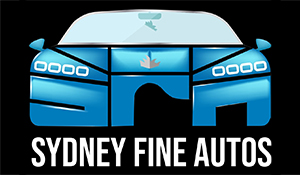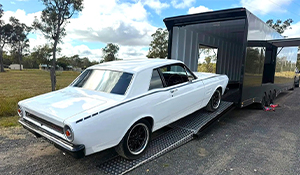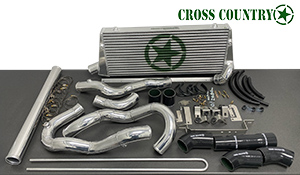FEATURE – Range Rover early history
Words: Mike Ryan Photos: Jaguar Land Rover
The Range Rover story officially starts in 1970, but its history goes back further – all the way back to 1951, in fact.
Back then, the need for a vehicle that offered the comfort of a Rover car and the capability of a Land Rover was recognised and brought to reality in the form of the ‘Road Rover’.
Despite the production of several prototypes (and a commitment to go to market in 1960 at one stage), the Road Rover is barely known today, but the idea of a premium Land Rover was never extinguished, remaining on the backburner at Rover throughout the 1950s and early 1960s.

US influences and Spen’s Style
Two incidents are alleged to have revived the Road Rover project. The first was Rover research executive Graham Bannock’s visit to the US in 1965. There, he saw that four-wheel drives were being used for leisure and everyday transport.
At the time of Bannock’s visit, the Jeep range was growing, with the Wagoneer – arguably the first luxury 4x4 – arriving in 1962. There was also the International Scout and newly-released Ford Bronco all aiming for a slice of the four-wheel drive market that had moved beyond farms, forests and construction sites to the suburbs and the beaches.

The second pivotal moment came when Rover acquired Buick’s 3.5-litre V8 engine. One of the limiting factors on the Road Rover was its underpowered engine, but the Buick V8 was powerful enough to haul the bigger, heavier vehicle.
Rover engineers Gordon Bashford and Charles Spencer ‘Spen’ King were the chief engineersfor the Range Rover project, which received new impetus from 1967.

The prototype that King and Bashford built featured a 100-inch wheelbase, beam axles and long-travel coil spring suspension all round, disc brakes all round and permanent four-wheel drive with an integrated gear and transfer box, while the lockable centre diff was vacuum operated to eliminate potential problems with cables.
The Buick V8 featured modifications to make the vehicle more reliable when operating in extreme terrains and fording water. In what seems a throwback to the earliest automobiles, there was also provision for a starting handle to hand-crank the engine into life.
The engine was paired with a 4-speed manual transmission, and while this all-alloy V8 kept weight down, most of the body panels would need to be made from aluminium to keep the vehicle from being too hefty.

To hide the vehicle’s origins during its on-road testing phase, King and Bashford badged the car as ‘Velar’, which was derived from the Latin ‘to cover’ and made up of a mix of Rover and Alvis badges.
As well as the engineering, King also did much of the first Range Rover’s styling, even though it wasn’t his remit. However, his styling was deemed so good and so ‘right’ that Rover’s actual chief designer, David Bache, made only minor changes.

Released – and Unleashed
Officially unveiled on 17 June, 1970, the Range Rover was described as ‘a car for all seasons’ and was welcomed by the UK market, becoming a favourite with the middle and upper classes – especially the “country set”.
While always thought of – and priced - as a luxury vehicle, the Range Rover was still utilitarian, with the earliest examples featuring minimal soundproofing, vinyl seat trim, rubber floors in the cabin and a bare metal boot floor, all designed to make it possible to hose out the vehicle.
![ FEATURE – Range Rover early historyRange Rover early history [Click and drag to move] ](https://just-prod-assets.s3.ap-southeast-2.amazonaws.com/s3fs-public/inline-images/RR_London2010_069.jpg?SxmysYRxmrsYeC5ZNBT4OijrMR1ENdj4)
Features like power steering and overdrive weren’t available initially, and when they did arrive, they were extra-cost options.
It seems remarkable now, but the first Range Rover was considered an icon of high style, too; so much so that it was displayed in the Louvre museum in Paris in 1971 as an an 'exemplary work of industrial design'.
In 1972, the Range Rover became the first vehicle to traverse the Americas from north to south, including the famous Darien Gap. The total journey was 18,000 miles (29,000km) and took the Trans-Americas expedition six months to complete, but the Darien Gap, a small 250-mile (402km) section on the Panama/Colombia border took 99 days - more than half the total travel time – sometimes covering as little as a mile a day in the trackless, dense jungle.

The Range Rover made its Australian debut in the same year, costing around twice as much as a Toyota LandCruiser, and attracting a similar audience to what it did in the UK.
By the end of the 1970s, the Range Rover had conquered the Sahara, won the 4x4 Class in the London-Sydney Marathon and was victorious in the first Paris-Dakar Rally.
Range Rover had also become “independent”, separating from the disastrous British Leyland organisation in a move that would enable further development and investment.

Firm Favourite
Mechanical and specification changes, including a four-door body style, diesel engines and an automatic transmission option, would come in the 1980s, along with production milestones, the Range Rover’s launch in the US and even a special ‘Popemobile’ version.
A chain-driven transfer case came late in the 1980s, providing smoother operation, in line with the Range Rover’s move into more upmarket territory.

However, the suitability of the Range Rover’s original specification, and the purity of King’s original design, meant the first-generation Range Rover endured until 1996. In fact, the original Range Rover, rebadged as the ‘Range Rover Classic, was sold alongside the new P38A version for two years.

When production wrapped up, a total of 317,615 Range Rovers had been built.
Today, early Range Rovers like the examples shown here, are collector’s items, with original and restored examples pulling strong prices at auction, including production chassis #001, which sold for £132,250 (AU$245,000 approx.) at a UK auction in 2014..









